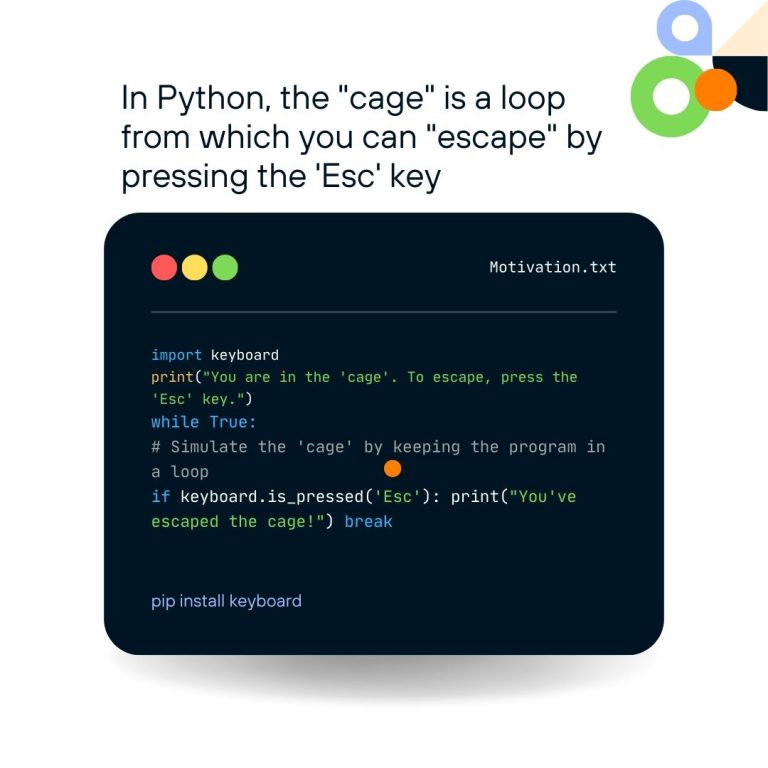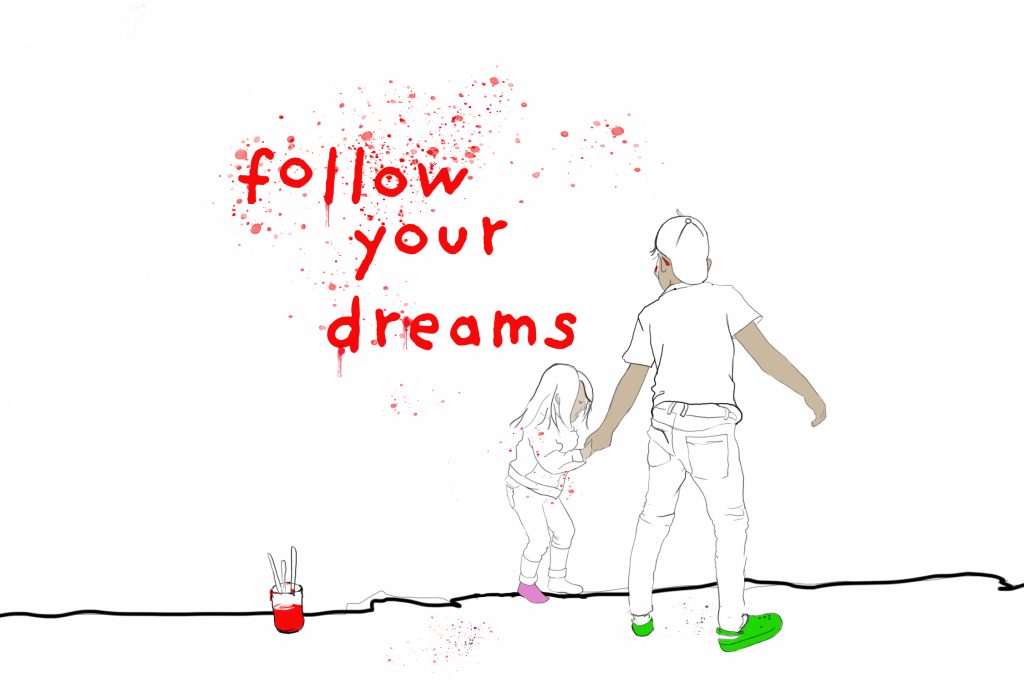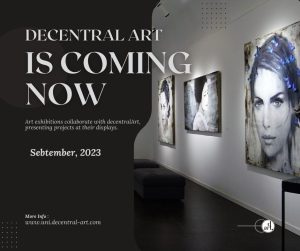The Creator’s Depression in the World of NFTs

Voices Hidden in Digital Pixels
The Creator’s Depression in the World of NFTs. Have you ever wondered where the astonishing depth in artistic works comes from? The screams that emerge from a painted canvas or from graphics presented as an NFT are more than just an aesthetic expression. They are a reflection of the creator’s inner world, often grappling with creator’s depression, unspoken emotion, and a sense of isolation.

Why Do Artists “Scream”?
The combination of an artist and an NFT has become so common that we’re starting to ignore it. But what if NFTs, as a new form of expression, are the ideal medium for these “screams” from artists? Artists often struggle with emotional burdens that are hard to express in traditional forms of communication. Art is their escape, a way to communicate when words fail.
Creator’s Depression: The Invisible Enemy
Creator’s depression is not rare. Creating is an exhausting process, and expectations—both one’s own and those of others—can be overwhelming. This sensitivity, beautiful on one hand, can become a burden on the other. The same mechanism that enables artists to create moving works can also be the source of their mental struggles.
Selling Art: Talent Does Not Equal Business
An artist may be able to create, but can they sell? The ability to convey emotion on canvas doesn’t necessarily translate into business skills. NFT platforms may offer some solution, but they are not a panacea in themselves. One still needs to understand market mechanisms, promotion strategies, and so on.

What About Programmers?
Let’s consider whether the creator’s depression only applies to artists. The answer is: no. Programmers, who spend hours in enclosed spaces, are also creators. And yes, they too struggle with inner demons. Software development is also a form of art, and problems related to managing emotions, stress, and pressure are equally real.
A Cage with a Monitor, Keyboard, and Chair
When we think of creators grappling with depression, we primarily think of artists. But what about programmers, the invisible artists of the digital world? This group differs from artists in many aspects. However, they share similarities, especially in isolation and emotional burden.
Code of Escape from the Cage: Python and Depression in the NFT World
Isolation: Choice or Necessity? Programmers often find themselves in a peculiar “cage,” confined by a monitor, keyboard, desk, and chair. This confinement for hundreds, if not thousands, of hours is not only physical but also emotional. They may go out among people, but even in a crowd, they remain alone. One might think this lonely environment is by choice, but is it? Did every designer, programmer actually choose this lifestyle, or is it a result of a certain “programming culture” that leaves no other option?
By Choice or Not?
Sometimes isolation is the result of a conscious choice; focused work can indeed be very productive. However, for many people, this isolation is a result of pressure to deliver and be the best. This pressure often compromises mental health.
No Way Out or Lack of Knowledge?
Some may feel they have no choice, that this is the only way to stay afloat in an increasingly competitive environment. Or they simply think they have no choice. Others may not know how to escape this confinement. They’ve never learned to manage time and balance personal and professional life.
A Matter of Courage and Strength
Even if a programmer knows how to escape the “cage,” it takes courage and strength to do it. Ironically, that courage and strength can often be found only through social interactions and support, which are unavailable due to isolation.
Conclusion / Depression in the NFT World
Depression in the NFT World, Creators in the Context of Art and Technology. This depression is a universal phenomenon that transcends medium or form of expression. It affects both artists with traditional brushes and paints, and programmers whose tools are programming languages. In both cases, we can observe a form of “cage,” whether in the context of a physical studio or a virtual work environment. This “cage” often results not just from individual choices but also from societal pressure, market expectations, and lack of support.
Tools like NFTs offer a new, fascinating space for the expression of these emotions and internal struggles. However, they are just a tool, not a cure for deeper, structural problems. The key issue is finding balance and awareness that creativity does not have to lead to isolation or confinement in a “cage.”
In the end, what happens inside each creator—regardless of the medium—often remains a mystery. The Creator’s Depression in the World of NFTs. But one thing is certain: the more we talk about these difficult issues, the closer we will come to finding ways to solve them. Let’s not ignore those “screams” trapped in pixels, code, or canvas. These are voices that deserve to be heard, and issues that deserve to be noticed and resolved. Courage and awareness can be the first steps to unlocking those closed doors and finding a way out, both literally and metaphorically.


